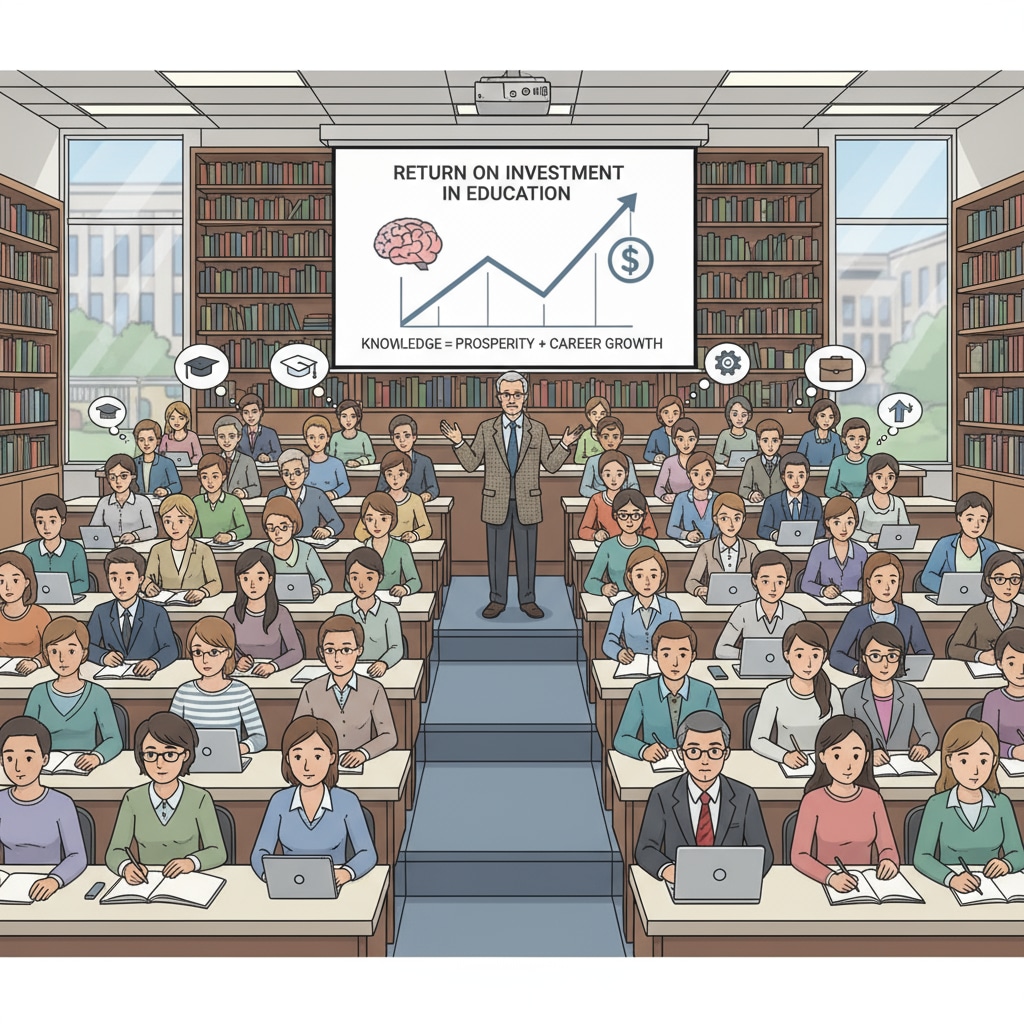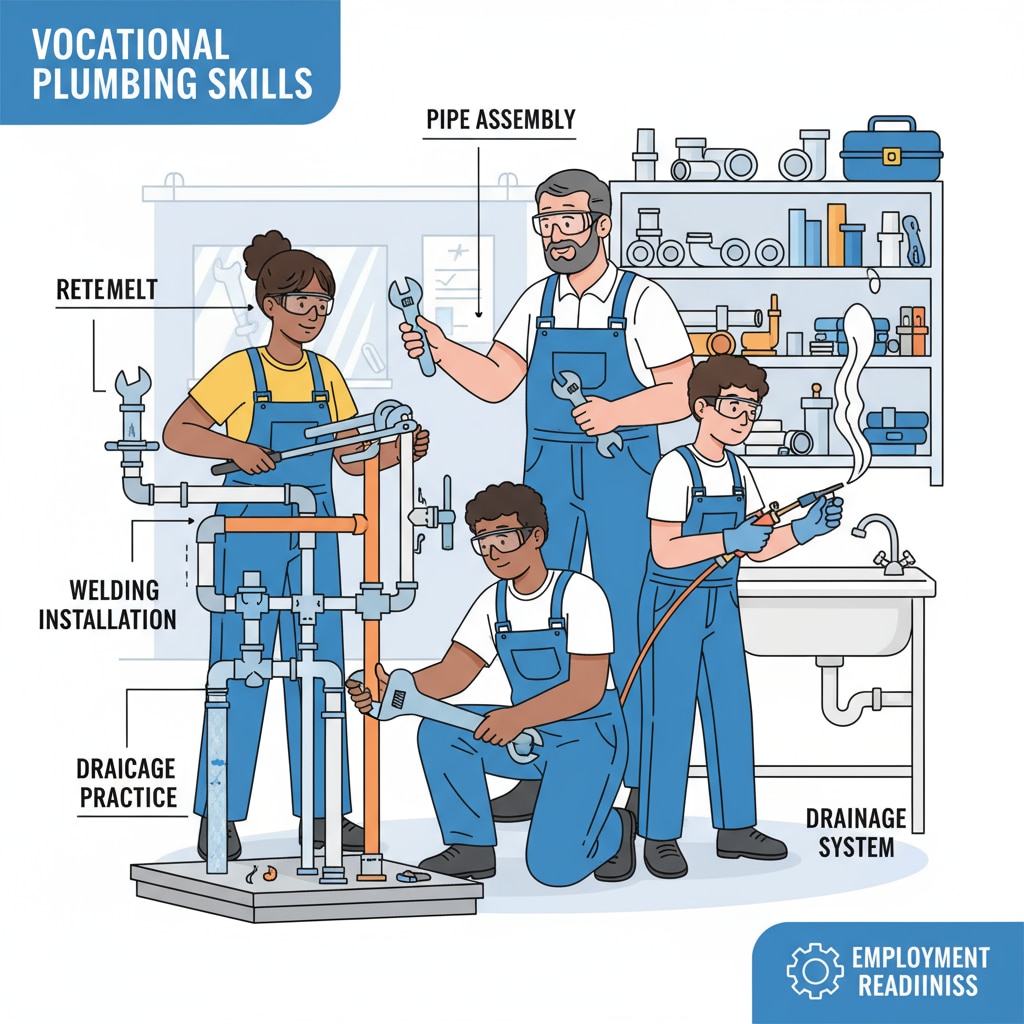In today’s society, the concepts of higher education, return on investment, vocational training, and employment prospects are constantly debated. As parents, we always strive to make the best choices for our children’s futures. But are we really making the right decisions when it comes to education? Let’s take a closer look at the two main paths: higher education and vocational training.

The Allure of Higher Education
For decades, higher education has been seen as the golden ticket to a successful future. A university degree is often associated with better job opportunities, higher salaries, and social status. Parents encourage their children to pursue a college education, believing it will guarantee a prosperous life. According to data from the National Center for Education Statistics, the number of students enrolling in colleges and universities has been steadily increasing over the years.
However, higher education also comes with a significant cost. Tuition fees, accommodation, textbooks, and other expenses can add up quickly. Many students graduate with a large amount of student loan debt, which can take years or even decades to pay off. In addition, the job market is becoming increasingly competitive, and having a university degree no longer guarantees a high-paying job.
The Rise of Vocational Training
On the other hand, vocational training is gaining more recognition in recent years. Vocational training focuses on developing practical skills that are directly applicable to specific industries. It offers a more hands-on approach to learning, preparing students for immediate entry into the workforce. Fields such as plumbing, electrician work, and culinary arts are in high demand, and vocational training can provide students with the skills and knowledge they need to succeed in these areas.

One of the major advantages of vocational training is its relatively lower cost compared to higher education. The training programs are often shorter in duration, allowing students to start earning money earlier. Moreover, the employment prospects for vocational graduates are quite promising. As reported by the Bureau of Labor Statistics, many skilled trade jobs are expected to experience growth in the coming years.
In conclusion, when considering the investment in our children’s futures, we need to carefully weigh the pros and cons of higher education and vocational training. While higher education still holds its value in certain fields, vocational training offers a viable alternative, especially for those with a passion for hands-on work. By rethinking our approach to education, we can help our children make more informed decisions and secure a better future in terms of both investment return and employment prospects.
Readability guidance: This article uses short paragraphs to clearly present ideas. Each H2 section provides key points. The proportion of passive voice and long sentences is controlled, and transition words are used throughout to enhance the flow of the content.


